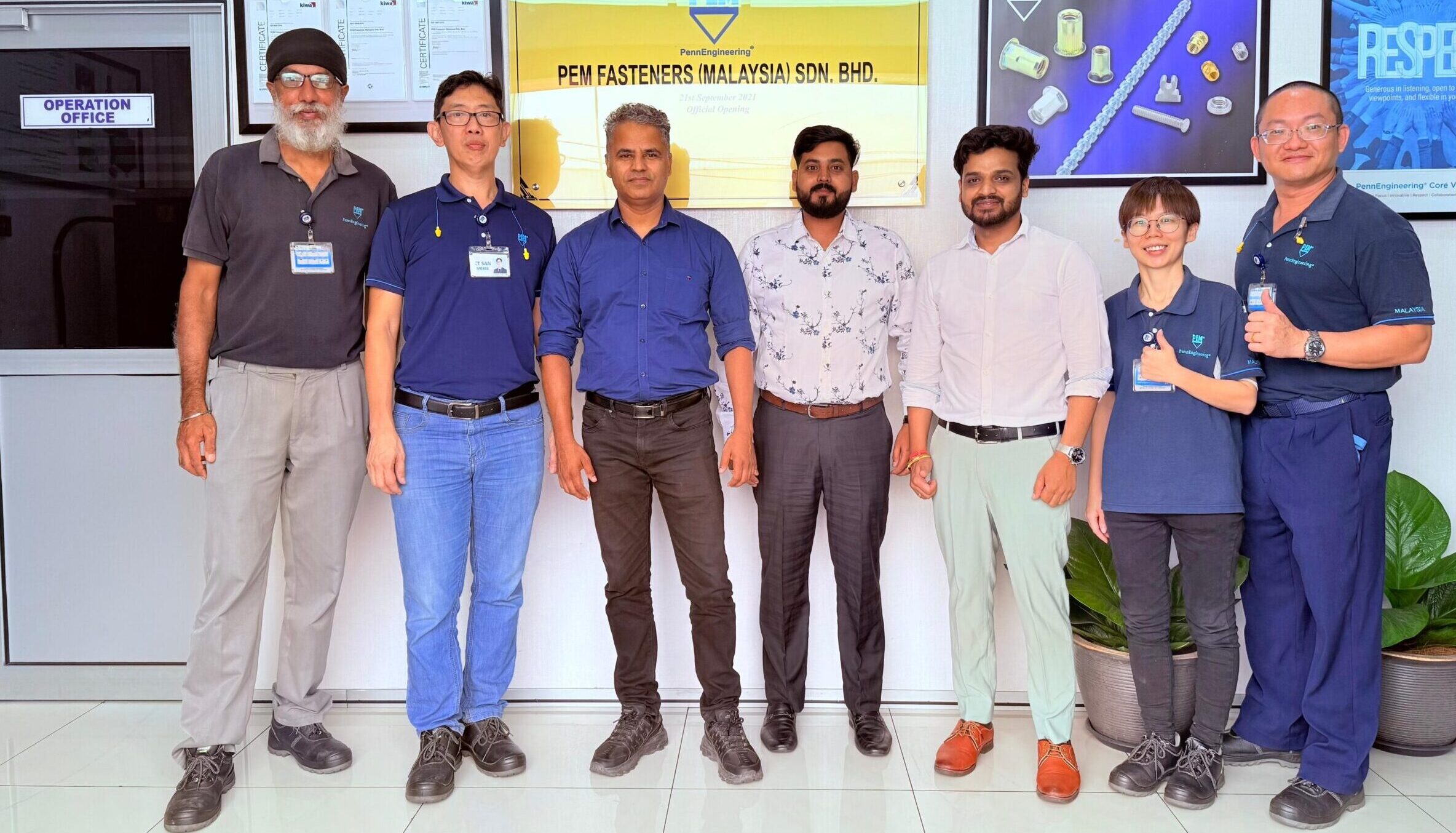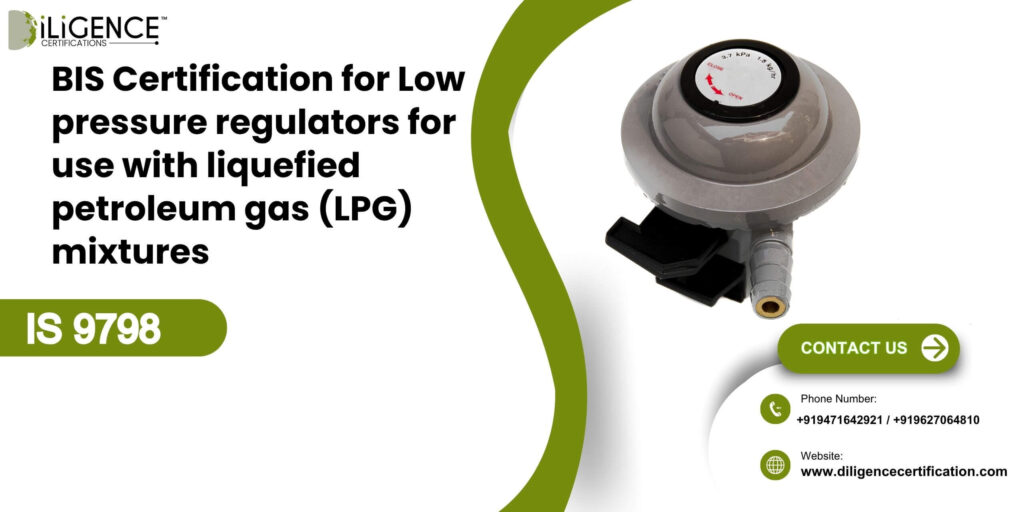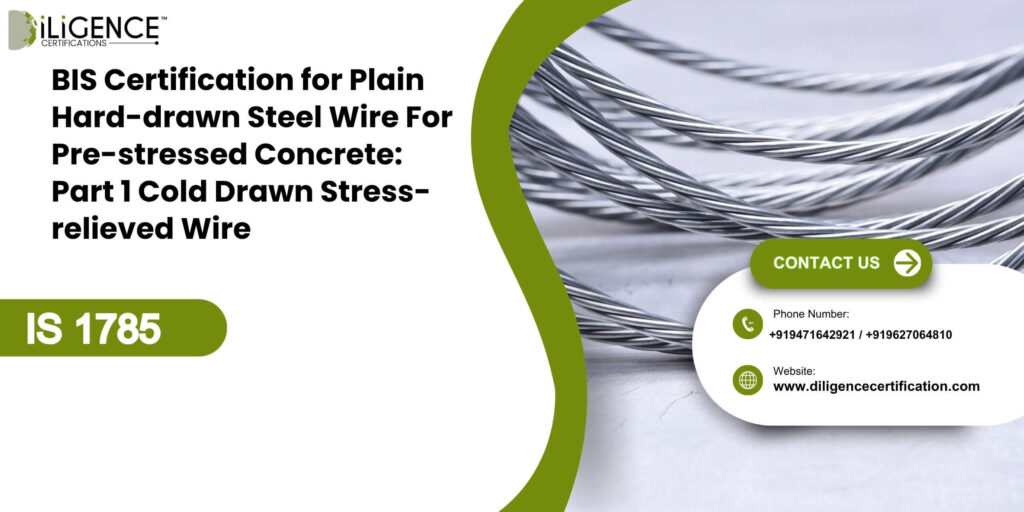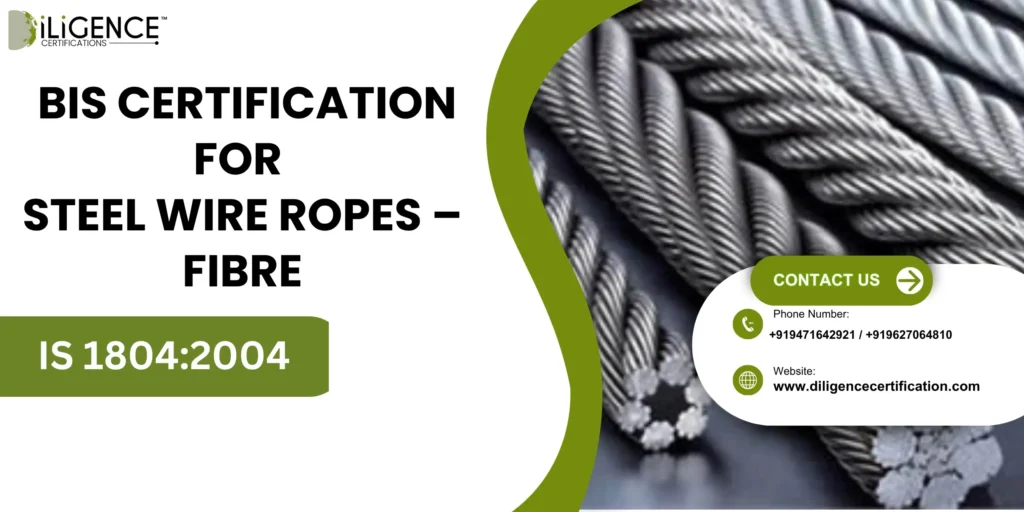Introduction
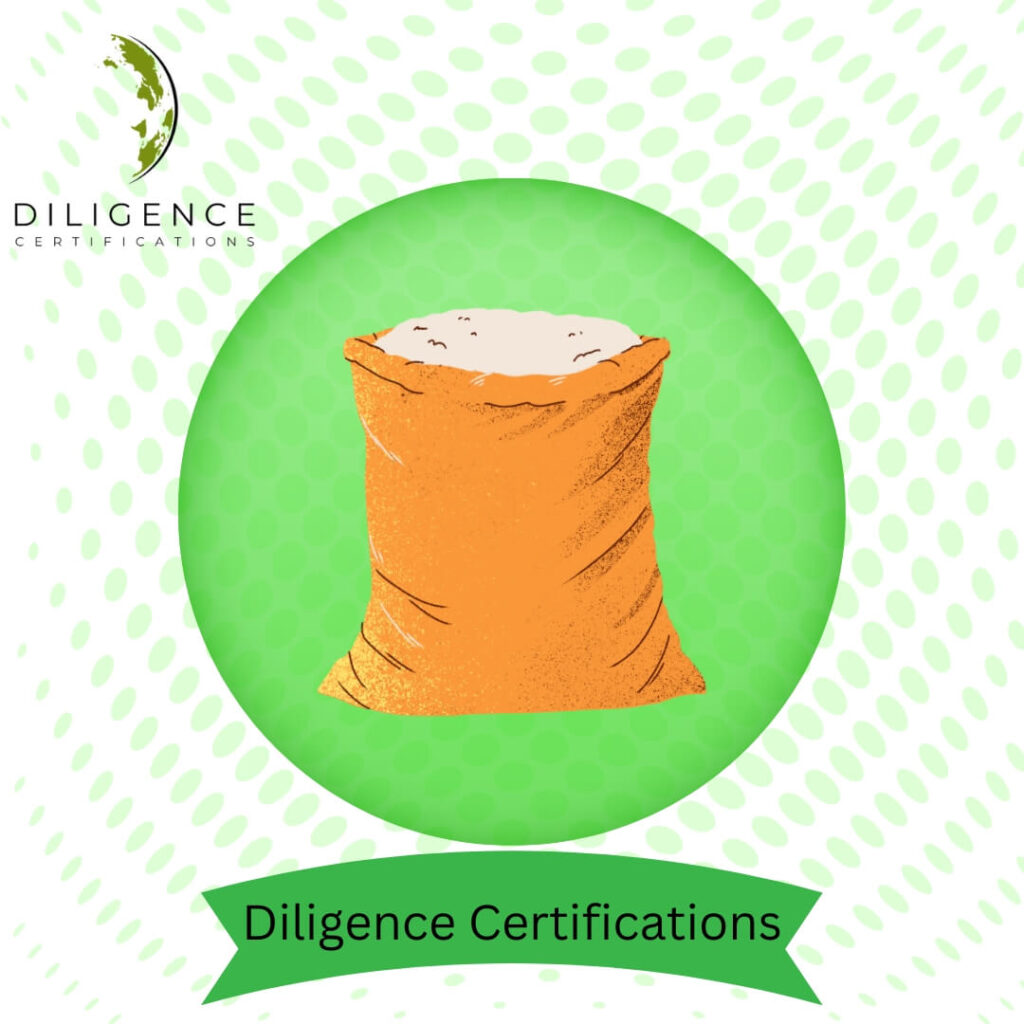
HDPE/PP woven sacks The very foundation of product safety during transport is laid down in the cement industry by packaging. It has to cash in that a product is free of environmental factors or mechanical damage, or contamination inconveniences during storage and in-transit. Popular packaging materials coming into existence have been formed by high-density polyethylene (HDPE) and polypropylene (PP) woven sacks due to absence or loss through these. The end result is very long-lasting and high tensile strength. It gives wear and tear resistance and an economical cost. These materials give entirely new and proven benefits against conventional jute or paper bags, i.e. higher resistance to moisture and better load-carrying ability-the critical requirements of cement packaging.
The Bureau of Indian Standards (BIS), laying down the requirement for standardized quality, has set IS 11652:2017 as the yardstick for the quality and performance of HDPE/PP woven sacks for cement packaging of 50 kg. These standards specify exhaustive specifications and stringent testing procedures for ensuring the integrity, safety, and reliability of products in handling, storage, and transportation. Compliance with IS 11652:2017 is vital for manufacturers to retain product quality and market acceptance and meet regulatory requirements.
Obtaining Diligence certification is an assurance to the manufacturer regarding compliance with industry standards and the maker’s commitment toward high-quality, reliable packaging solutions. In-depth quality checks, third-party audits, and continuous monitoring are parts of this way of certification and gain increased confidence from individuals purchasing these items with added credibility for the manufacturer in the market.
Key Highlights of IS 11652:2017
| FEATURES | DESCRIPTION |
| 1.Material Composition | A standard specifies that all woven sacks manufactured shall be made from high-quality HDPE/PP woven sacks materials, guaranteeing strength and durability. |
| 2.Bag size and Capacity | The size and weight tolerance of the bags are prescribed to fit the 50 kg capacity of cement efficiently and with such specific requirements |
| 3.Strength Condition | The Sacks must meet the specific tensile and burst strength requirement to bear the imposed handling and stacking forces. |
| 4.Moisture resistance | The sacks should possess low moisture permeability to guard the cement against environmental moisture. |
| 5.Environmentally Friendly | Encouragements for recyclable materials and eco-friendly production practices. |
Testing Requirements
As per IS 11652:2017, subjects its HDPE/PP woven sacks to some rigorous tests that include the following:
- Tensile Strength Test: This test ascertains if the sack would surely withstand all the handling and stacking stress and load.
- Drop Test: Fill a sack full and drop it from a specified height-fatigue testing for resistance to impact and rupture.
- Bursting Strength Test: Assesses the strength of a sack under pressure without it bursting.
- Moisture Absorption Test: Checks for moisture absorption to which the sacks specifically do not penetrate, as primarily important for cement.
- Dimensional Stability Test: This test confirms the shape and size of the sack keeping within prescribed tolerances.
- Seam Strength Test: That is measuring the strength of the sack seams at which the seam must not open under the respective stress.
- UV Resistance Test: To ensure that sacks have strength and integrity even after exposing them to ultraviolet light.
- Coefficient of Friction Test: The friction present between sacks is mechanical and will eventually be calculated to give an indication of how easily they could be handled or stacked.
Manufacturing Process
The steps involved in the manufacture of HDPE/PP woven sacks include the following:
- Extrusion: The melting-down granules of HDPE/PP woven sacks to extrusion of thin tapes or filaments.
- Weaving: Thereafter, these tapes are woven into fabric employing circular or flat weaving machines.
- Lamination (optional): In some cases, an optional layer of lamination is applied to enhance moisture resistance.
- Cut and stitch: This is cut at certain dimensions and stitched to form open-ended sacks, with needful attention to seam strength.
- Printing and Finishing: Sacks undergo printing for branding and handling instructions and for a final quality check.
- Quality Testing: Every batch goes through rigorous testing for compliance with IS 11652:2017.
- Packaging and Distribution: The certified sacks are packed and ready for distribution such that all customers get these in the best possible condition.
BIS Certification Process
The Bureau of Indian Standards (BIS) certification is mandatory for manufacturers aiming to produce and supply HDPE/PP woven sacks for cement packaging. The BIS certification process involves the following steps:

- Documentations: Business registration records (such as company incorporation certificate or partnership deed), Factory licenses and places of storage, Flow chart for manufacturing process Documentary evidence for quality assurance (equipment particulars, testing protocols) Raw material testing documents.
- Application Submission: An application should be submitted to BIS by the manufacturers with mandatory accompanying documents such as product specifications and process of manufacture.
- BIS Audit : Initial inspection is done by BIS officials with respect to the manufacturing facility in the sense of evaluating production capacity and quality control practices. Depending on the random period, BIS also conducts inspections and random tests of products.
- Sample Testing: Some specimens from this product are taken and forwarded to BIS-approved laboratories for testing per IS 11652:2017.
- Grant of License: When a successful evaluation is carried out, the BIS issues the manufacturer with the license to put the Standard Mark (ISI Mark) on their products.
Benefits of Compliance
- Increased Reliability of Product: Compliance with IS 11652:2017 will ensure that sacks remain strong and last longer to minimize product loss from packaging failure.
- Credibility in the Market: Certified products can instill confidence in buyers and thereby add to the market reputation.
- Conformance with Regulations: Compliance with the mandatory regulatory requirements in India for cement packaging.
- Operational Efficiency: Standardization in the packaging would enhance handling, storage and transportation logistics of the material.
- Environmental Sustainability- Using recyclable material would go in line with sustainable packaging.
Conclusion
IS 11652:2017 compliant HDPE/PP woven sacks yield very efficient and dependable packing of 50 kg capacity cement bags. These are useful products to give due guard against cement from moisture, shocks, and impact during transit and storage. Manufacturers wanting to pursue diligence certification will have to very closely follow the prescribed process of production as well as tests in order to bring the product to the market. Along with the safety standard herewith enhanced product safety, it serves to allay the fears of consumers and stakeholders in the cement industry.
In compliance with IS 11652:2017, manufacturers can contribute to sustainable packaging in cement, which ensures durability throughout the supply chain. Also, beyond that, the seamless combination of sustainability practices and continuous quality improvement would also create HDPE/PP woven sacks as supports for sustainable industry growth, as well as protecting mother nature.






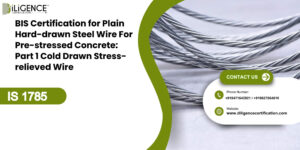
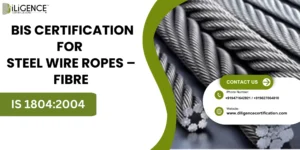
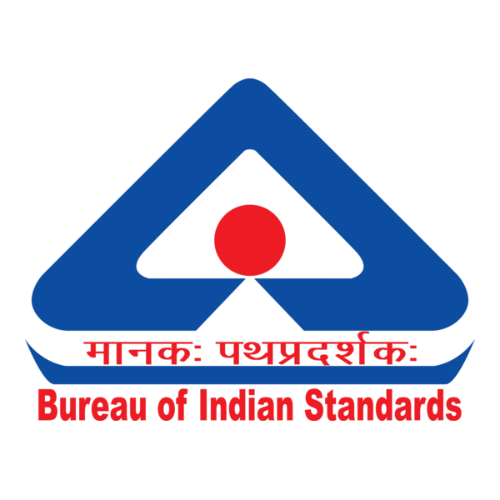 BIS Certification
BIS Certification
 CDSCO
CDSCO
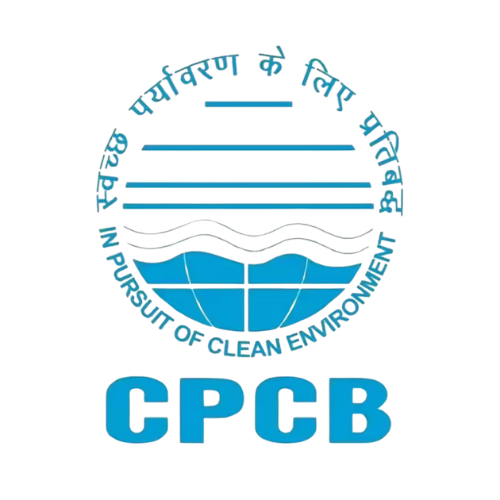 CPCB
CPCB
 LMPC
LMPC
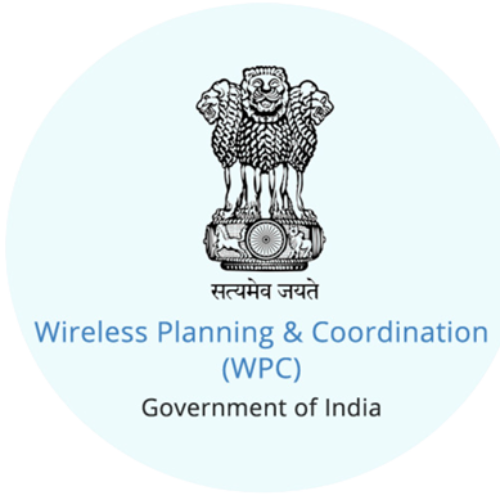 WPC Approval
WPC Approval
 Global Approvals
Global Approvals
 TEC
TEC
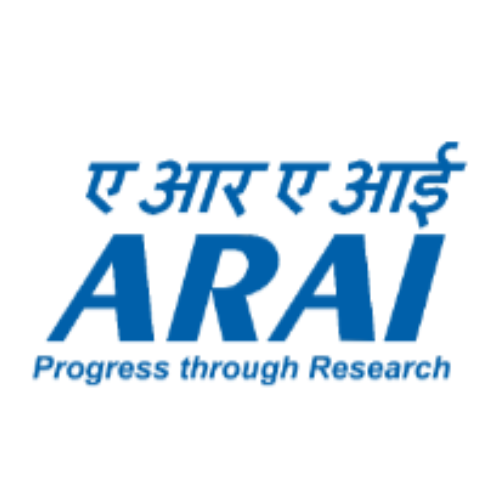 ARAI
ARAI
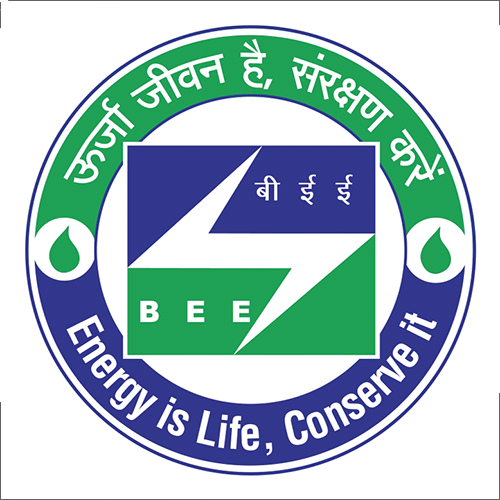 BEE
BEE
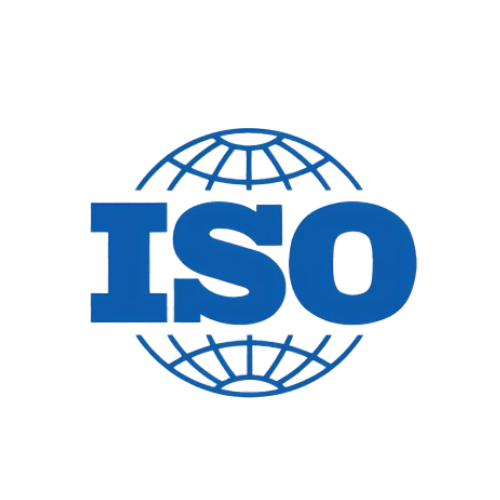 ISO Certification
ISO Certification
 Drone Registration
Drone Registration
 NOC For Steel
NOC For Steel



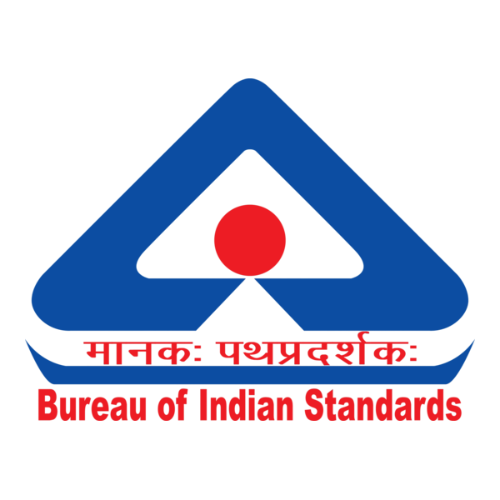




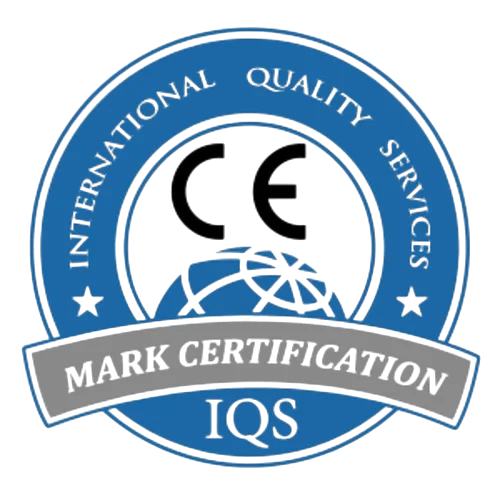




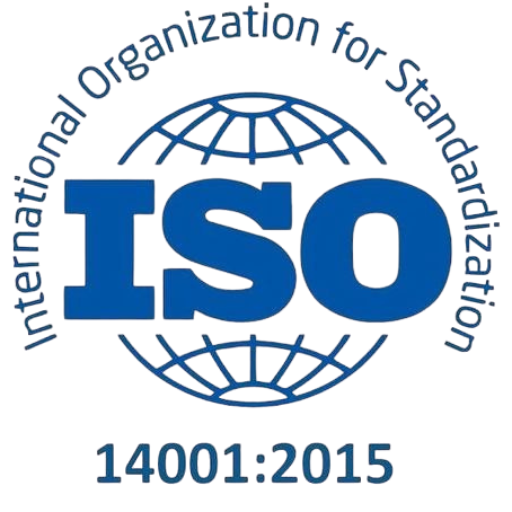
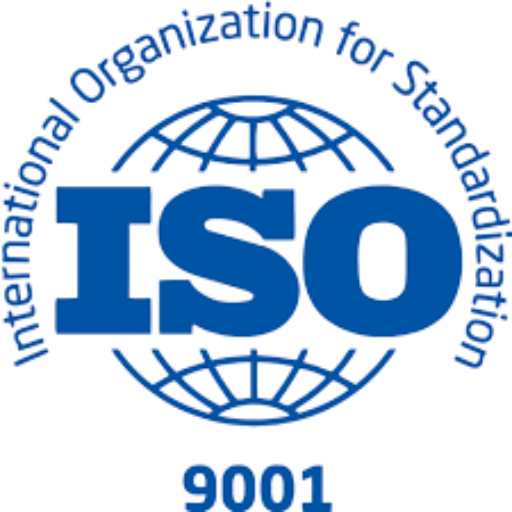
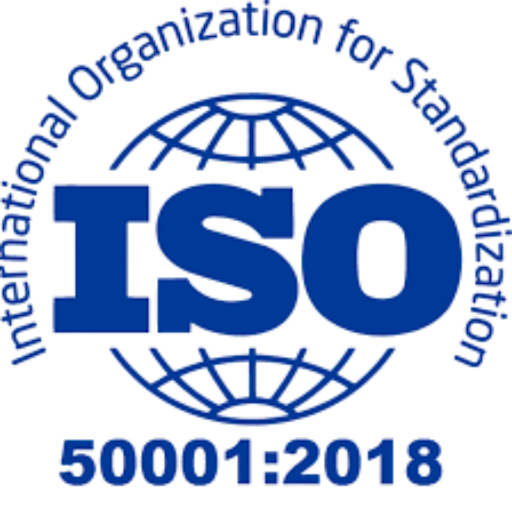
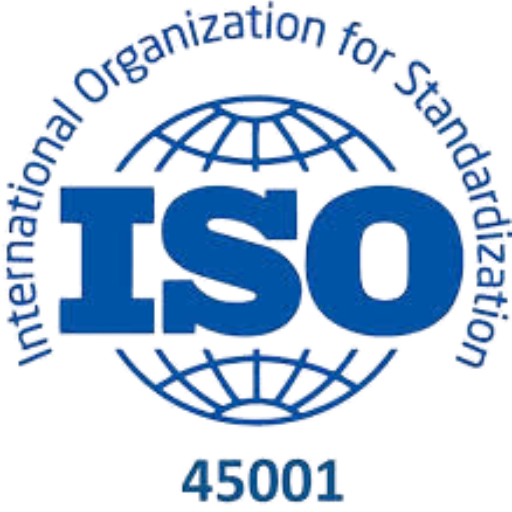
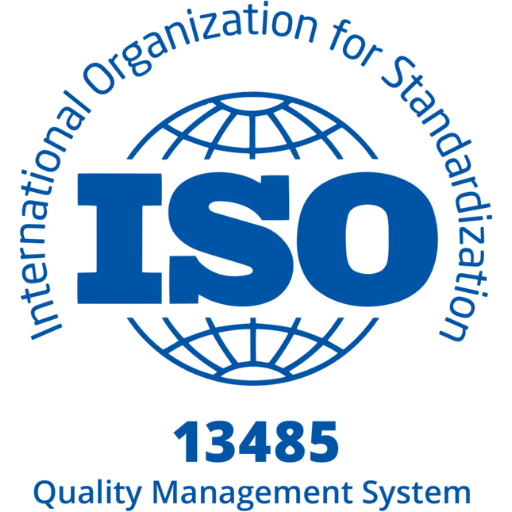
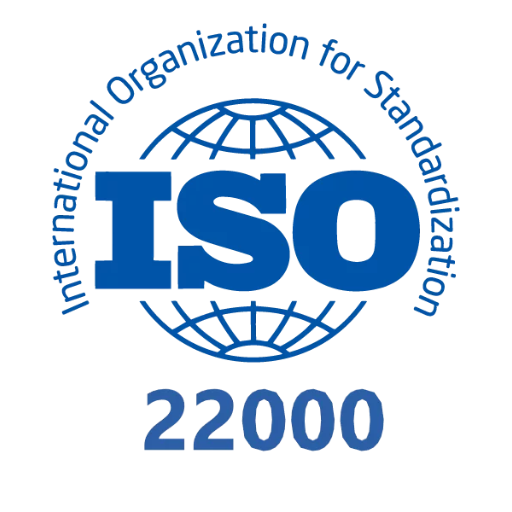
 Business Registration
Business Registration





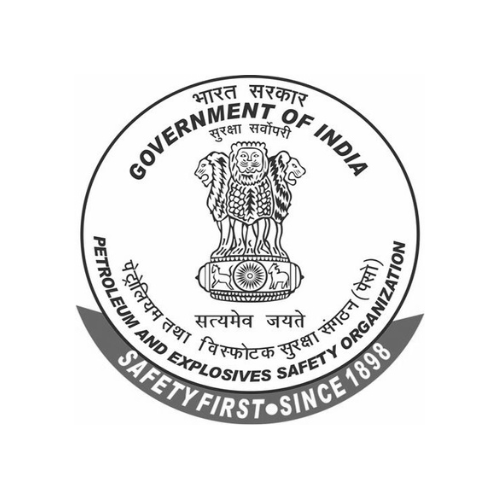






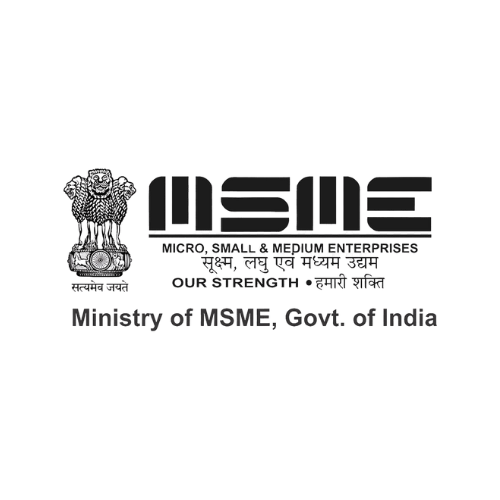


 Legal Services
Legal Services















